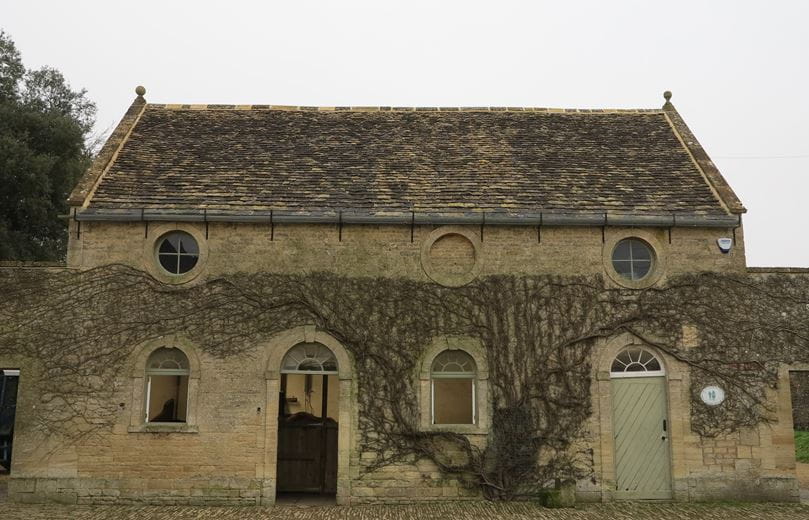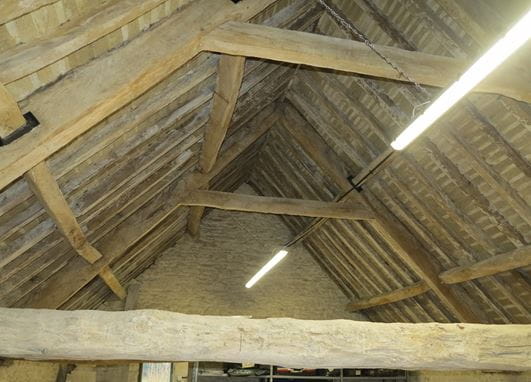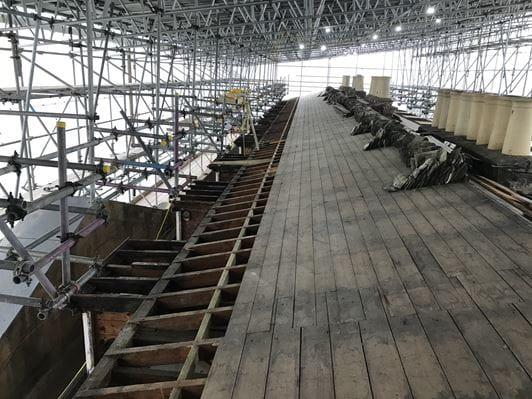The roof is an essential part of any building and the complexity only increases with listed buildings and the statutory requirements which can easily derail even a straightforward re-roofing project.
There is a common misconception that re-roofing is a repair so listed building consent is not required. This is not the case and only replacing the odd slate or localised patch repairs do not usually require listed building consent.
Any listed building consent will need to consider the following:
- A Heritage Statement, to demonstrate an understanding of the historic values of the building and justification for the work and proposed materials.
- An Ecology Report, to establish whether the roof is a habitat for bats or nesting birds as the works could disturb their habitat.
- A scoping survey and three emergence surveys carried out between May and August – the timing of a project can be seriously affected if this window is missed.
If needed, a bat licence from English Nature can take up to 60 working days to obtain and require listed building consent first. The ecologist may need to provide a watching brief and toolbox talk with the contractor. Bats can restrict when work is carried out, particularly if there are hibernation or maternity roosts. Permitted to use breathable underlays are not allowed where there are bats present as they become snagged in the fibres.
If more than 25% of the roof is recovered, the insulation must be upgraded to meet the building regulations. There are dispensations for listed buildings if the insulation adversely affects the historic fabric. The selection of materials must match the existing or be very similar where commercially available. The inevitable shortfall should be made up from reclaimed, newly quarried, or manufactured tiles or slates. There can be a lack of supply where quarries or manufacturers have closed and there are no suitable replacements.
Reclaimed materials can be of variable quality and can cause non-listed buildings to be stripped of their roof coverings, which can have a detrimental effect on the appearance of these buildings and the surrounding area. Imported tiles or slates are not usually permitted by Conservation Officers and the quality can be an issue. Some UK slates and tiles can be vulnerable to premature failure, so care is needed when selecting roofing materials.
Advice from local thatchers and early consultation with the local authority regarding the type of thatch is also important. Certain areas are synonymous with particular types of thatch, which will need to be followed.
Roof materials on listed buildings require traditional manufacturing techniques and are usually available in small quantities and lead-in times can be long, some times several months. The same applies to roofing contractors who can be booked up for months, if not years.
The current statutory requirements for roofing works on listed buildings and the availability of specialist labour and materials can create complexities and delays which can be minimised through early planning and seeking advice from historic building consultants and specialist contractors.
For further information on our historic building expertise, or to speak to one of our building consultancy professionals, please contact us.





